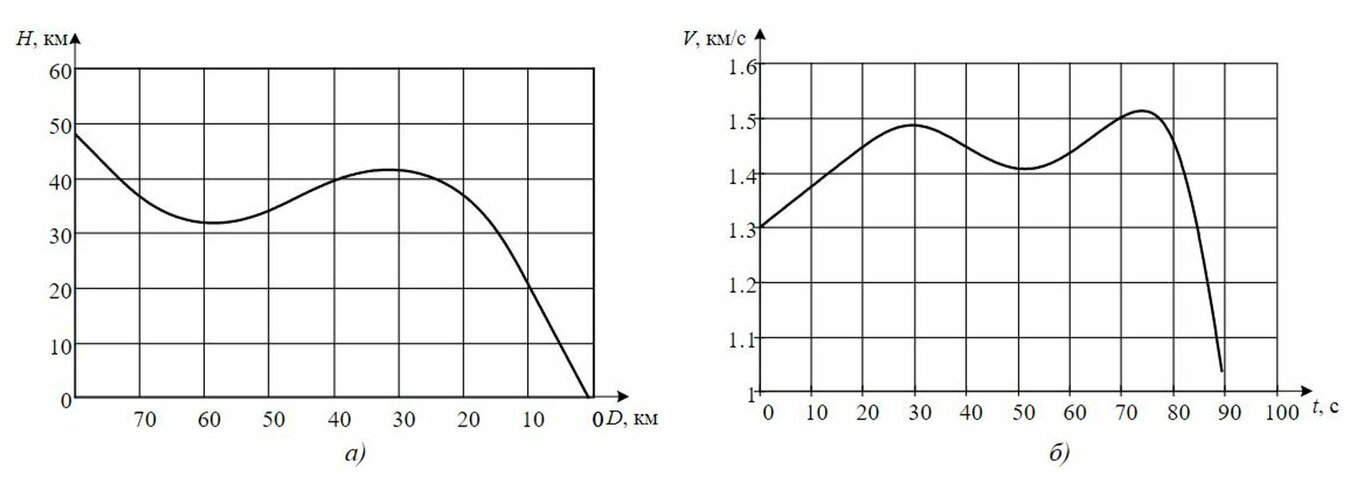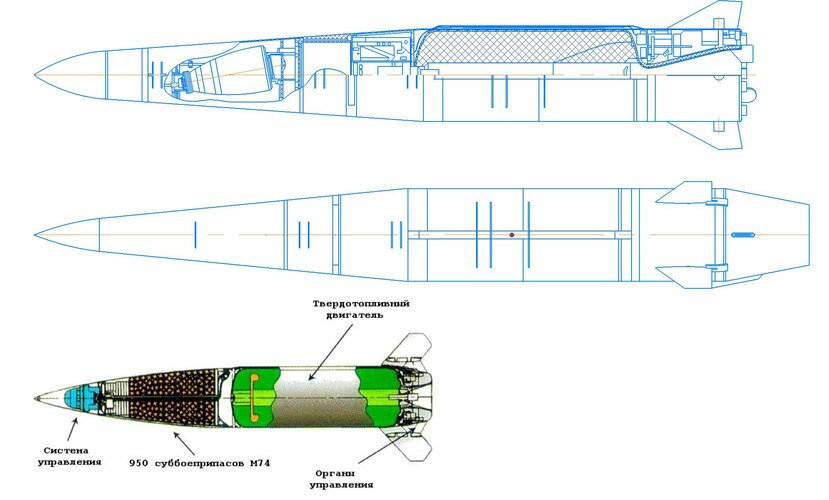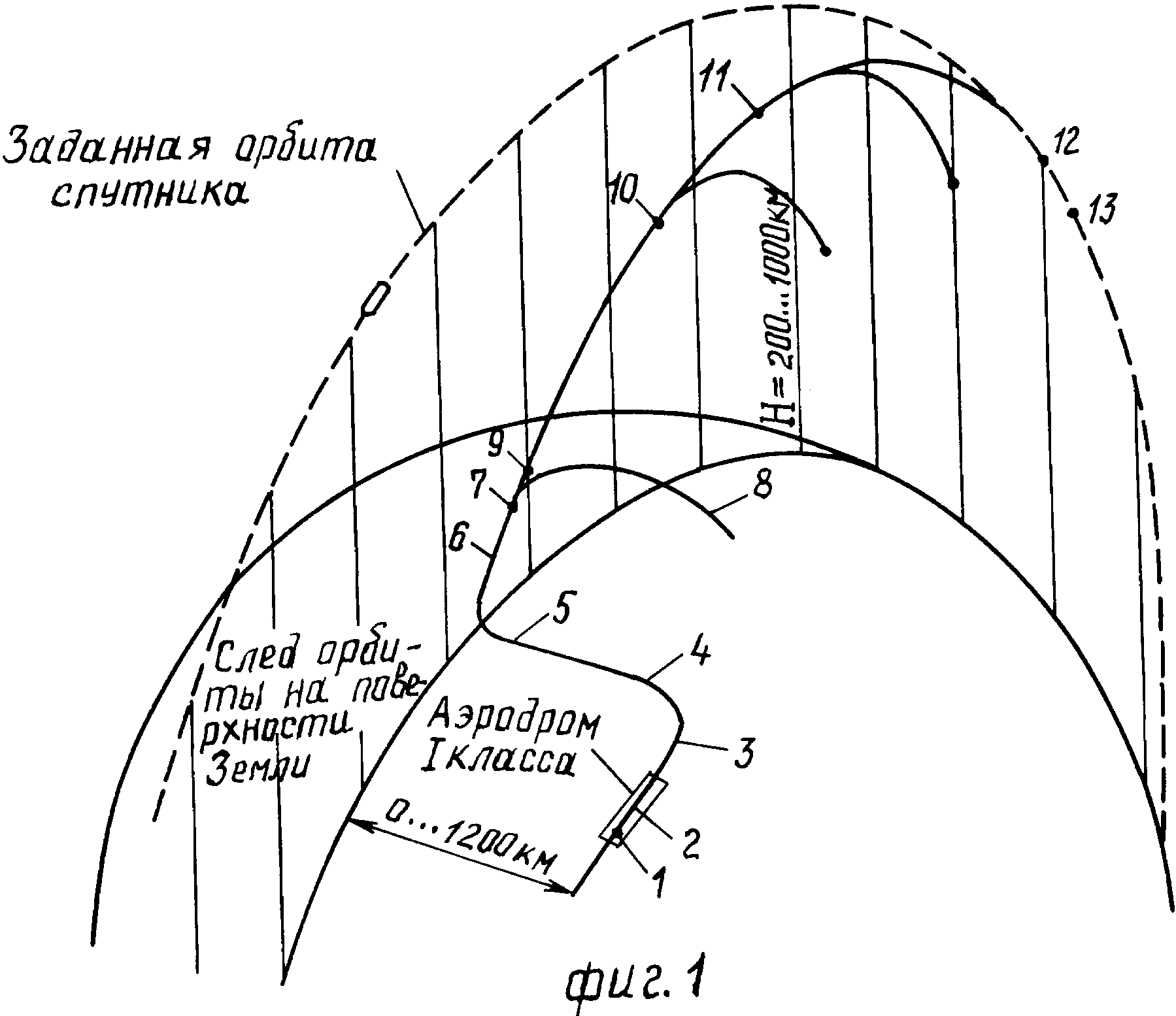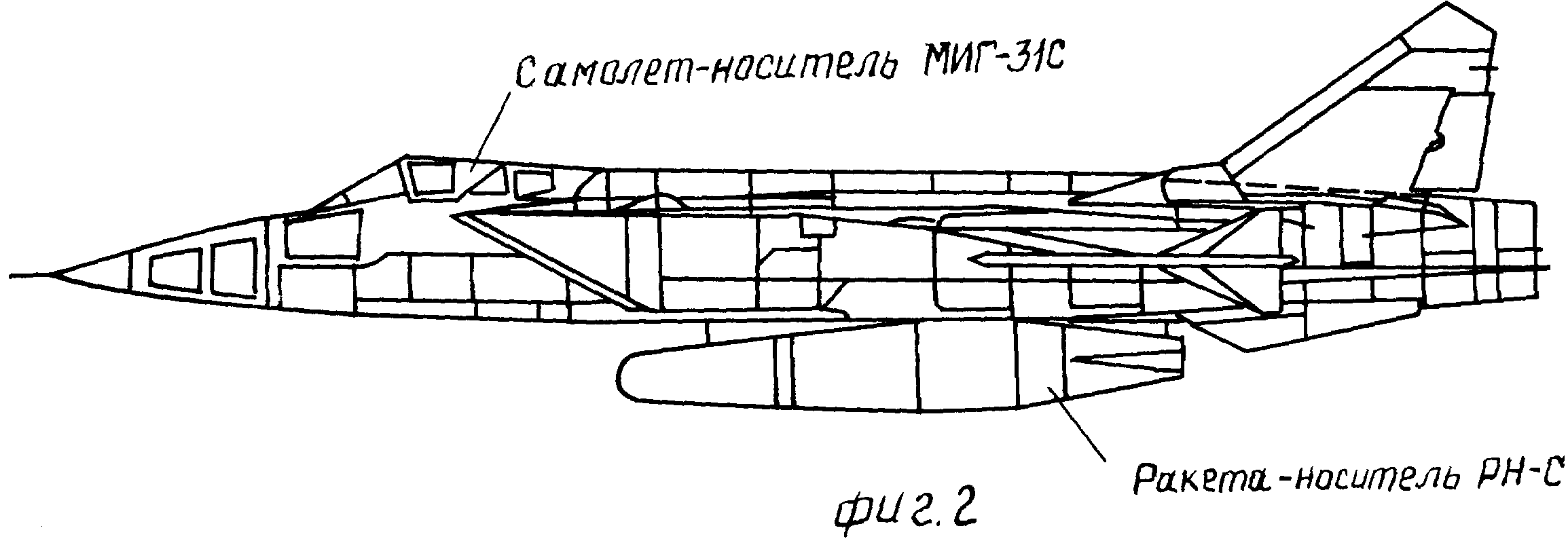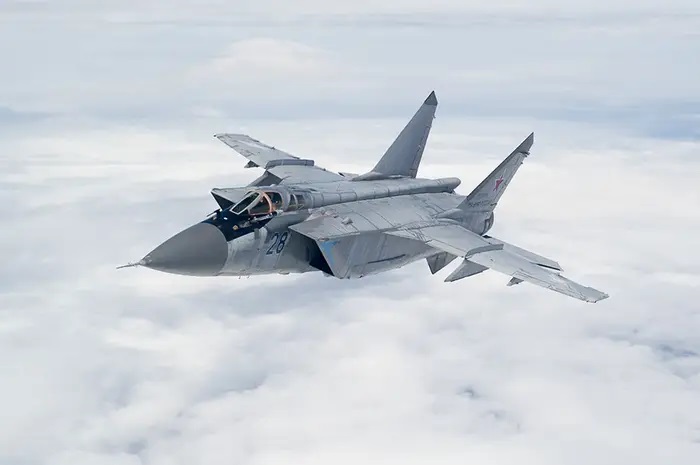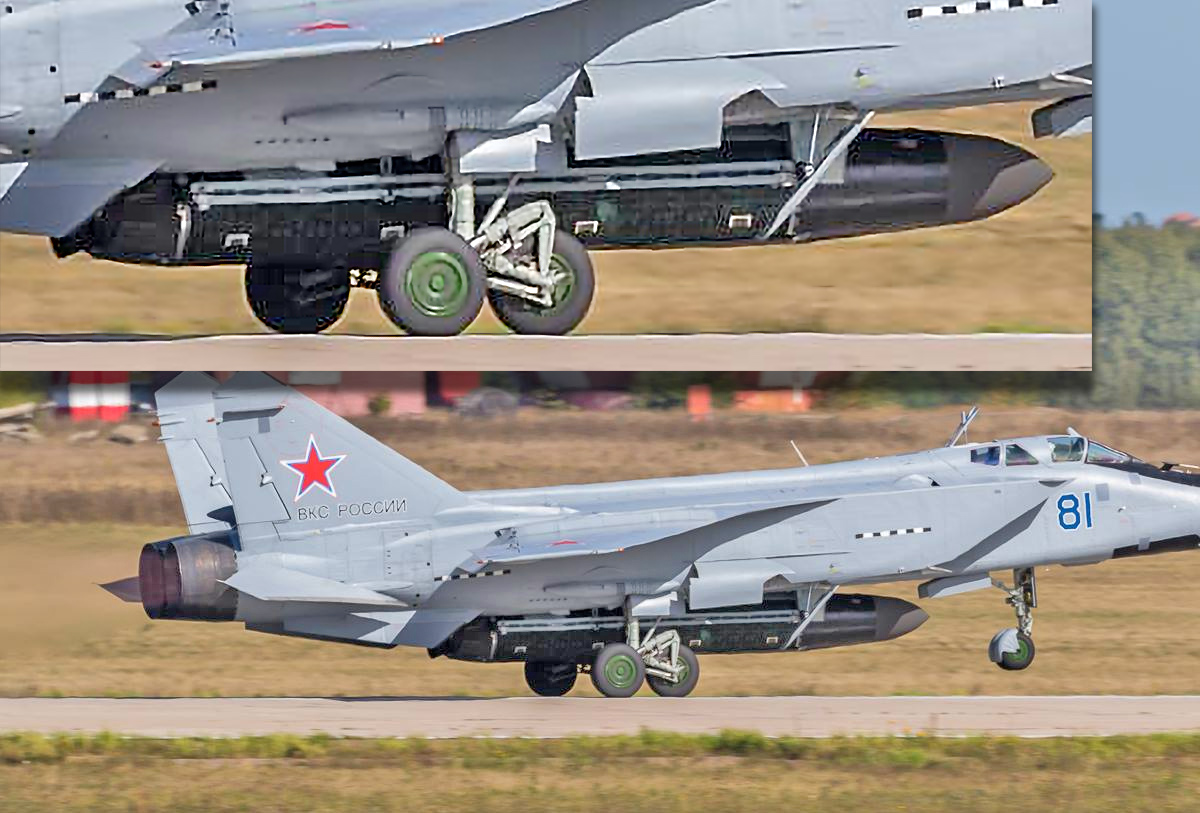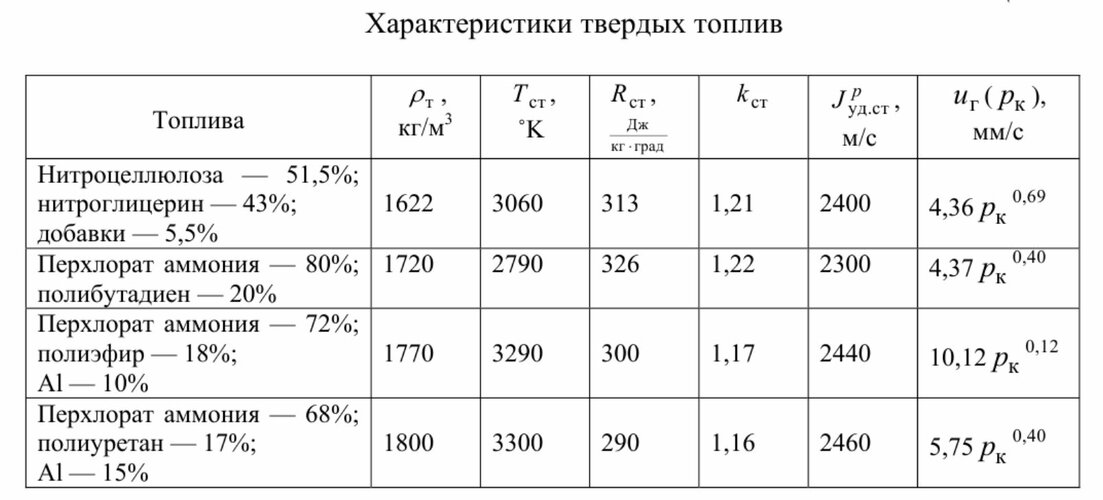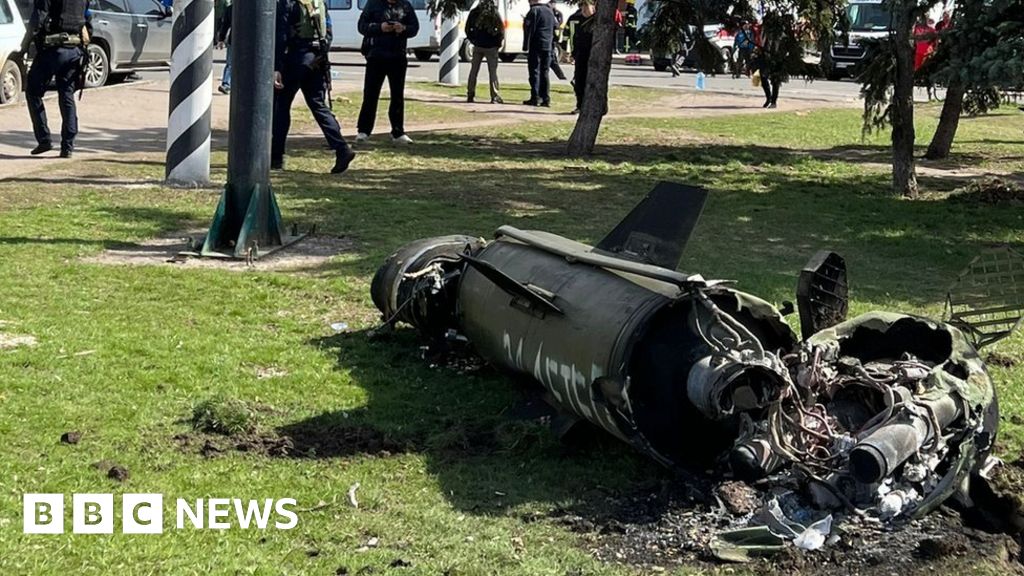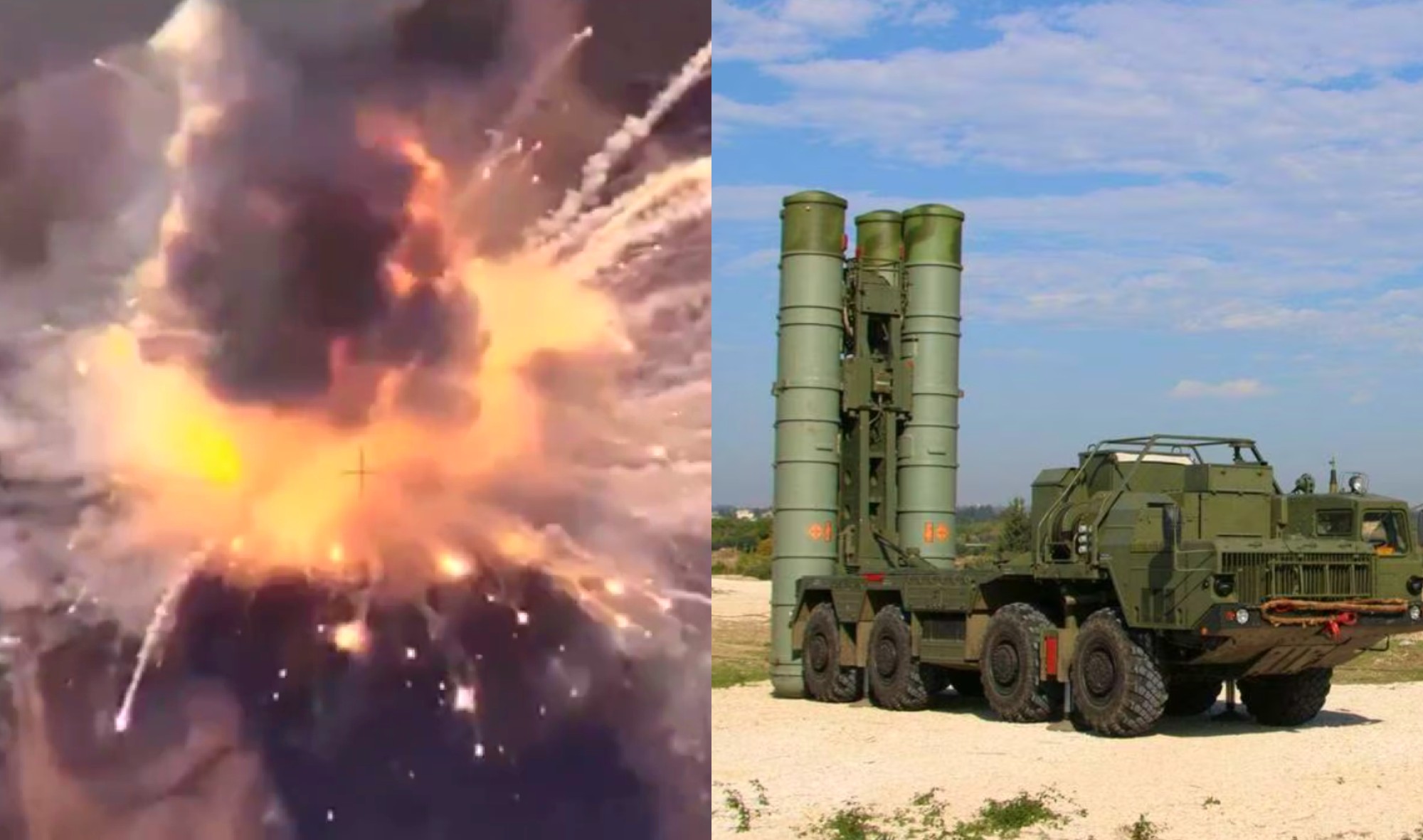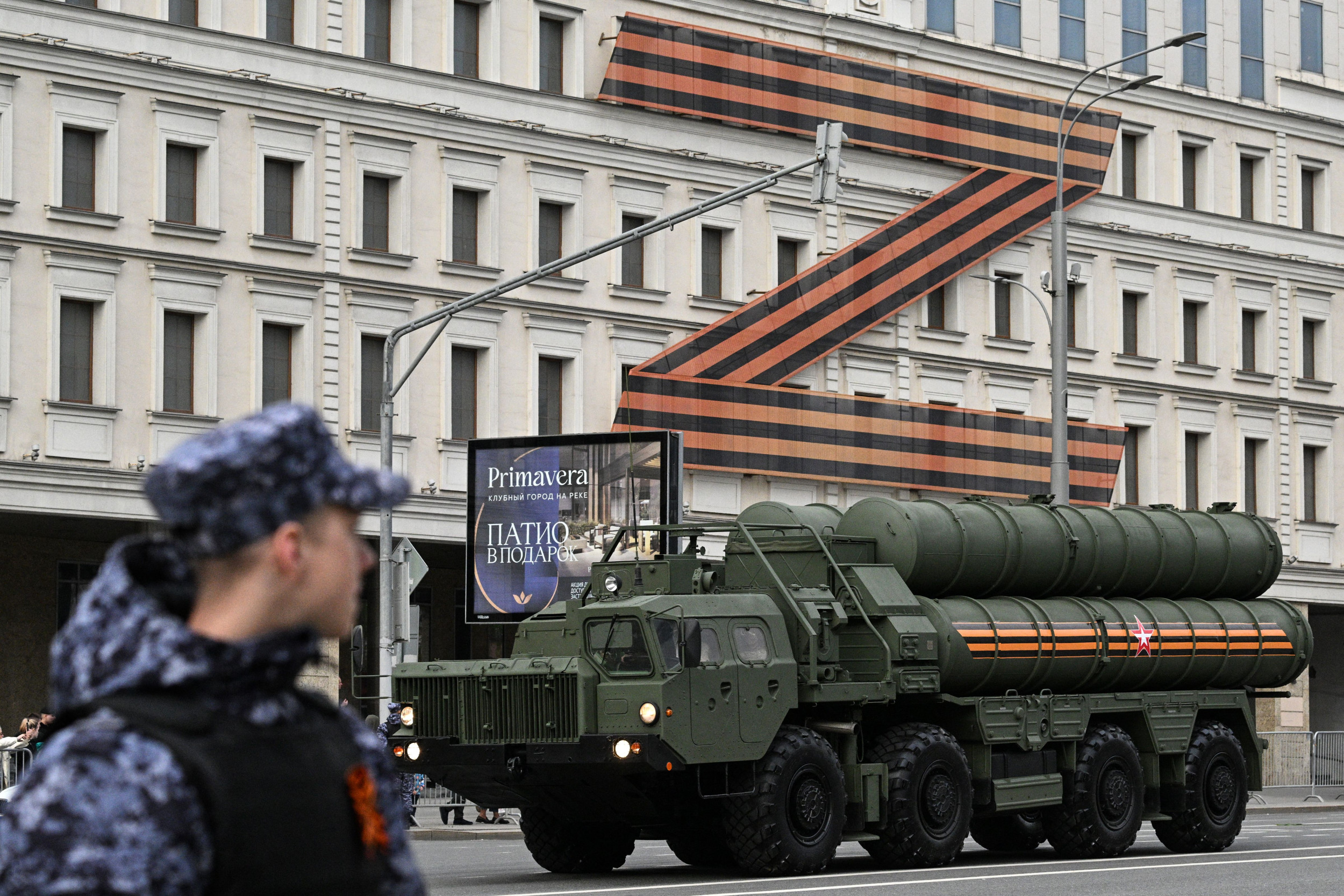AndersJ
ACCESS: Restricted
- Joined
- 7 November 2023
- Messages
- 41
- Reaction score
- 25
The paper linked below analyses the performance of the Kh-47 M2 Kinzhal, and how likely it is that this type of missile can be intercepted by air defenses. However, in order to keep this post free of information that could be construed to be politically sensitive, the linked paper has been redacted so that only the parts focused on the technical analysis remain.
I did this paper because there have been so many rumors and speculation regarding the actual performance of this missile in the media and on different forums, most of which have been overly optimistic about the Kinzhal’s capabilities in my humble opinion.
Link to page with the paper in pdf format. On my homepage I also have a page with a description of the simulation model used.
Note that I in no way claim this paper to be the gospel truth, and this is just my assessment based on my simulations and the assumptions I outline in the paper.
Consequently, I would welcome any constructive input on it. However, please remember to keep it all related to the technical aspects in order to comply with the forum rules.
I did this paper because there have been so many rumors and speculation regarding the actual performance of this missile in the media and on different forums, most of which have been overly optimistic about the Kinzhal’s capabilities in my humble opinion.
Link to page with the paper in pdf format. On my homepage I also have a page with a description of the simulation model used.
Note that I in no way claim this paper to be the gospel truth, and this is just my assessment based on my simulations and the assumptions I outline in the paper.
Consequently, I would welcome any constructive input on it. However, please remember to keep it all related to the technical aspects in order to comply with the forum rules.


